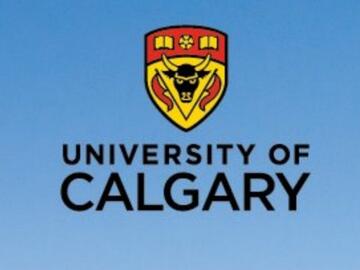Minerva Software
Minerva is a software tool that processes raw GC-MS data from multiple samples and then aligns peaks into a database.
Main use
Integrate and tabulate sets of raw GC-MS chromatograms into retention time aligned, summarized spreadsheets. Each peak is grouped across all samples and its peak area vs. sample is automatically listed in a grid. This facilitates a multi-sample comparison of multiple peaks at once, enabling downstream analysis with machine learning approaches.
Development team
Minerva was developed by Ryan Snowdon at the University of Calgary, Department of Geoscience, under the supervision of Renzo Silva and funding from Dr. Steve Larter’s group (PRG, via Project Rip van Winkle), and a GRI grant.
Minerva is an open source software released under the MIT license.
Features
- Alignment of peaks from multiple GC-MS samples into a single database.
- Detection of peak overlaps and deconvolution.
- Visualization of peak alignments for quality control and further analysis.
- Graphic User Interface.
- Configurable to different sample matrices and data analysis approaches.
Minerva partially uses the PyMassSpec · PyPI library, which was released under the GNU General Public License version 2.
Acknowledgments
This research was undertaken thanks in part to funding from the Canada First Research Excellence. We would like to acknowledge the support of the following people and organizations:
- Lloyd Snowdon, Kim Nightingale, and Mengsha Yin as early adopters.
- Dr. Steve Larter and the PRG group, including the Project Rip van Winkle team and sponsors.
- The University of Calgary: GRI and the Department of Geoscience.


